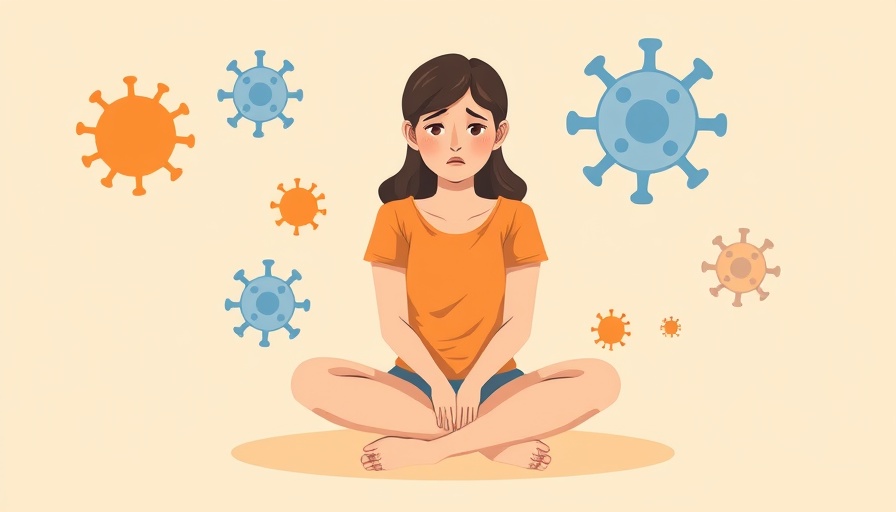
Understanding the Metal Element and Its Role in Mental Health
In both Traditional Chinese Medicine (TCM) and modern psychology, the concept of balance is pivotal to mental well-being. The Metal element, often symbolized by the fall season, emphasizes the need for release and clarity—a lesson that resonates deeply in today’s fast-paced world, where many find themselves struggling with anxiety disorders. According to TCM, this element governs the Lungs and Large Intestine, vital organs that facilitate both physical and emotional detoxification.
Letting Go: A Therapeutic Necessity
Letting go, as explored in TCM, is not merely an emotional or psychological process but a fundamental requirement for holistic well-being. Individuals grappling with anxiety symptoms, like generalized anxiety disorder or panic attacks, can benefit significantly from adopting principles associated with the Metal element. The Lung is associated with grief and sadness, which means releasing these emotions can foster healing and resilience against anxiety and depression.
The Connection Between Metal Element and Anxiety Disorders
For individuals suffering from anxiety disorders such as social anxiety or phobias, understanding the Metal element can offer actionable insights. The act of letting go embodies a critical coping strategy that can alleviate stress and foster a more balanced emotional state. Engaging with practices such as mindfulness and relaxation techniques encourages emotional clarity and facilitates release from burdensome feelings, similar to how the Large Intestine cleanses the body.
Mindfulness Practices Rooted in Metal Element Wisdom
Incorporating mindfulness into daily life can be profoundly beneficial for those dealing with anxiety. Techniques such as deep breathing exercises, meditation, and journaling integrate the Metal element's teachings. As described in the references, focusing on breathwork not only helps regulate emotional responses but also enhances the Lung’s functionality, creating a natural balance.
Acupuncture: A Traditional Approach to Emotional Release
Acupuncture emerges as a potent tool for those exploring the Metal element’s wisdom. Specific points linked to the Lung and Large Intestine can promote emotional release and clarity. Regular treatments can support recovery from anxiety symptoms and allow individuals to confront buried emotions. As noted, the skillful application of acupuncture aids individuals in dislodging energetic blockages, encouraging a smoother flow of thoughts and emotions.
The Skin’s Reflection of Emotional Health
The skin, often referred to as the 'third Lung' in TCM, symbolizes our emotional boundary. Just as the Metal element purifies and refines, maintaining healthy skin is crucial for emotional health. For those experiencing anxiety, skin conditions such as dryness can manifest as physical symptoms, echoing the internal emotional turmoil. Hence, caring for one’s skin through proper hydration and nutrition serves as a metaphor for managing mental health.
Community Support and Mental Health Awareness
As society increasingly recognizes the importance of mental health, creating community support systems becomes essential. By facilitating access to resources such as counseling and support groups, we can combat the stigma surrounding anxiety and foster an environment where individuals feel safe to express and let go of their struggles.
Conclusion: Embracing Transformation Through Release
Embracing the wisdom of the Metal element invites us to acknowledge the necessity of letting go. For those navigating the complexities of anxiety disorders or emotional distress, understanding this element can offer new perspectives and practical tools for enhancing mental resilience. With a combination of mindfulness, traditional methods like acupuncture, and community support, we can cultivate an environment conducive to emotional clarity and healing.
 Add Row
Add Row  Add
Add 




Write A Comment